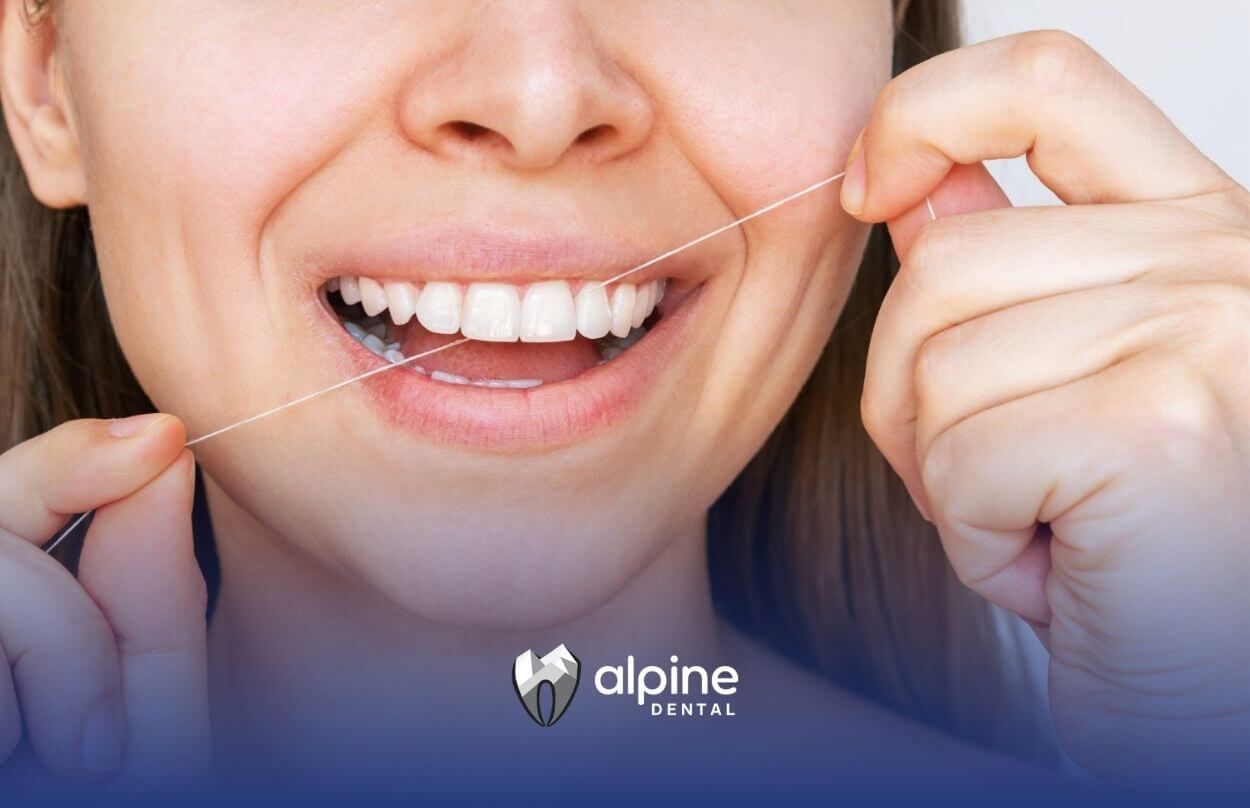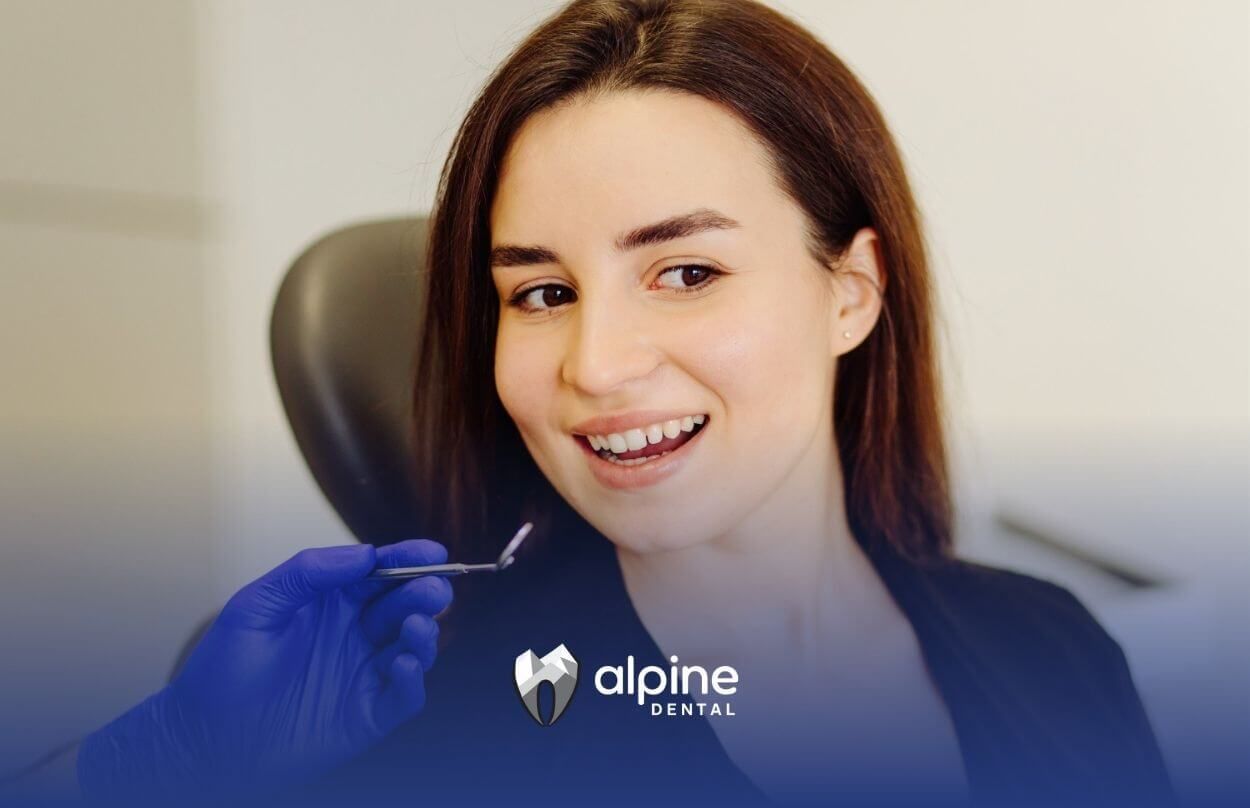How to Fix an Extra Tooth? A Complete Guide to Supernumerary Teeth
Most people expect to have 32 permanent teeth, but for some, that number might be slightly higher due to a condition called hyperdontia, where extra teeth, also known as supernumerary teeth, develop in the mouth. While this dental anomaly can affect both children and adults, it often raises questions like, “Why do I have an extra tooth?” or “How do you fix an extra tooth?”
In this detailed guide, we’ll explore everything you need to know about extra teeth: the causes, types, potential complications, and—most importantly—how dental professionals treat and manage them.
What Is an Extra Tooth?
An extra tooth, medically called a supernumerary tooth, is any additional tooth that grows beyond the normal 20 primary (baby) teeth or 32 permanent teeth.
These teeth can appear anywhere in the mouth but are most commonly found:
- Between the two upper front teeth (called a mesiodens)
- In the back of the mouth near molars
- Along the dental arch in either jaw
What Causes Extra Teeth?
The exact cause of supernumerary teeth isn't always clear, but some common factors include:
1. Genetics
Extra teeth can run in families. If a parent or sibling has had one, there’s a higher chance you or your child may develop them too.
2. Developmental Disorders
Certain conditions are associated with hyperdontia, including:
- Cleidocranial dysplasia
- Gardner’s syndrome
- Down syndrome
These conditions affect bone and tooth development, often resulting in multiple supernumerary teeth.
3. Unknown Factors
In many cases, extra teeth occur without any clear cause or associated condition.
Types of Extra Teeth
Extra teeth have several types, and it vary in shape, size, and location. Understanding these differences helps determine the appropriate treatment.
1. Mesiodens
- Located between the two front teeth
- Most common type
- Can cause misalignment or delay permanent tooth eruption
2. Paramolar
- Found near molars, often on the side or back of the jaw
- May be hard to detect without X-rays
3. Distomolar
- Located behind the last molar (wisdom tooth region)
- Usually doesn't affect alignment unless infected or impacted
4. Supplemental Tooth
- Resembles a normal tooth in shape and size
- Often found at the end of a tooth series (e.g., an extra incisor or molar)
How Are Extra Teeth Diagnosed?
Dentists typically identify extra teeth during routine checkups or through diagnostic imaging such as:
- Dental X-rays
- Panoramic radiographs
- 3D cone-beam CT scans (for more complex cases)
Early detection is key, especially in children, to prevent problems with permanent teeth alignment or eruption.
Complications Caused by Extra Teeth
If left untreated, extra teeth can cause several oral health problems:
- Crowding and misalignment of other teeth
- Delayed or blocked eruption of permanent teeth
- Gum and bone cysts forming around the extra tooth
- Difficulty chewing or speaking
- Aesthetic concerns, especially if visible when smiling
- Tooth decay or gum disease due to hard-to-clean areas
How Do You Fix an Extra Tooth?
Treatment for an extra tooth depends on several factors:
- The location and type of the extra tooth
- The patient’s age and stage of dental development
- Whether the tooth is causing symptoms or complications
Let’s look at the most common approaches.
1. Monitoring (No Immediate Treatment)
If the extra tooth isn’t causing problems, your dentist may choose to monitor it regularly, especially in young children.
- No pain, crowding, or aesthetic issues? Watch and wait.
- Regular checkups and X-rays ensure it’s not interfering with normal development.
2. Surgical Extraction
The most common solution is to remove the extra tooth surgically, especially if it:
- Blocks the eruption of other teeth
- Causes crowding or bite problems
- Leads to infections or cysts
- Affects speech or appearance
Procedure Overview:
- Typically done under local anesthesia
- In complex cases, sedation or general anesthesia may be used
- Recovery time is usually a few days with minimal discomfort
3. Orthodontic Treatment
In many cases, extra teeth lead to misalignment that requires orthodontic intervention. After removal, the following may be needed:
- Braces or clear aligners (like Invisalign) to reposition teeth
- Space maintainers in pediatric cases if baby teeth are affected
- Retainers to hold teeth in place after alignment correction
4. Surgical Exposure (If the Extra Tooth Is Impacted)
If a supernumerary tooth is impacted (stuck in the jawbone or gums), your dentist or oral surgeon may expose it surgically to help guide its eruption—or remove it entirely.
Treatment Timeline by Age
Children (Ages 5–12)
- Early detection is critical
- Removal is often recommended to prevent blocking adult teeth
- May require interceptive orthodontics to guide normal development
Teens (Ages 13–18)
- Extraction followed by orthodontics is common
- Emotional and social aspects are considered due to aesthetic concerns
Adults
- Treatment depends on symptoms, position of the tooth, and alignment issues
- Extraction may be more complex but still safe and effective
Recovery After Removal
Recovery from extra tooth extraction is generally mild:
- Mild swelling or discomfort for 1–3 days
- Pain management with over-the-counter medications
- Soft foods for a few days
- Follow-up visits to ensure proper healing
Your dentist will provide care instructions and monitor progress.
Prevention: Can You Avoid Extra Teeth?
Unfortunately, supernumerary teeth can’t be prevented—especially if they’re genetic. But early dental visits (by age 1) and regular checkups every 6 months can ensure any issues are caught and managed promptly.
Why Early Diagnosis Matters
Delaying treatment can result in:
- Complicated extractions due to root formation
- Jaw development issues
- Longer orthodontic treatment
- Permanent alignment problems
The earlier an extra tooth is detected, the more conservative and effective the treatment.
Cosmetic and Restorative Considerations
In some rare cases, a supplemental tooth might be shaped and aligned well enough to replace a missing natural tooth, particularly if a permanent tooth fails to develop.
Your dentist may recommend reshaping or restoring it with:
- Bonding
- Veneers
- Crowns
However, this is only done when the extra tooth is fully functional and aesthetically pleasing.
Final Thoughts
So, how do you fix an extra tooth? The answer depends on its type, position, and impact on your oral health. Options range from careful monitoring to surgical removal and orthodontic correction. The most important step is timely diagnosis through regular dental checkups.
If you or your child have been diagnosed with a supernumerary tooth, don't panic—it's a manageable condition with a wide range of safe, effective treatments. With the right dental care team, you can restore function, prevent complications, and achieve a healthy, confident smile.
If you're seeking expert advice and compassionate care, schedule an appointment at Alpine Dental. We are here to help guide you through diagnosis, treatment, and follow-up.
Frequently Asked Questions
Are extra teeth permanent or do they fall out on their own?
Supernumerary baby teeth may fall out naturally, but permanent extra teeth typically remain unless removed. Most need intervention to avoid complications.
Can braces fix an extra tooth?
Braces can’t remove an extra tooth but are often used after removal to correct crowding and align the remaining teeth properly.
Is removing an extra tooth painful?
The procedure is usually done with local anesthesia, so you won’t feel pain during the extraction. Mild discomfort afterward can be managed with pain relievers.
Sources:
- https://pmc.ncbi.nlm.nih.gov/articles/PMC4319293/
- https://www.healthline.com/health/dental-and-oral-health/mesiodens
- https://www.verywellhealth.com/supernumerary-teeth-1059437
- https://pmc.ncbi.nlm.nih.gov/articles/PMC4282911/
- https://www.medicalnewstoday.com/articles/hyperdontia




